Kulon Progo Regency (Javanese: Kulon Praga, Javanese pronunciation: [ˈkulɔn ˈprɔɡɔ], Indonesian pronunciation: [ˈkulɔn pəˈroɡo]) is one of the four regencies within the Yogyakarta Special Region, Indonesia. It is located on the island of Java. The regency’s name stems from the fact that it is situated to the west (in Javanese “kulon”) of the Progo River. The capital is Wates. The greatest part of the population of the regency work as farmers. Kulon Progo Regency is surrounded by the Menoreh Hills. The area of the regency is 586.27 km2, and the population was 388,755 at the 2010 census[2] and 436,395 at the 2020 census;[3] the official estimate as at mid 2022 was 451,342 – comprising 223,328 males and 228,014 females.[1]
History
In 1674, Keraton Mataram, Yogyakarta was attacked by Trunojoyo who received assistance from Macassar, resulting in damage to the palace and the king Amangkurat I had to flee and asked the Netherlands for help, till he died in Tegal during flight.
To anticipate attacks from Trunojoyo’s followers, in 1677 the palace of Mataram led by Amangkurat II as the crown prince of Amangkurat I asked for the regent Ponorogo to obtain the palace protection by bala Warok famous skilled in war and asked for help from the Dutch colonial to capture Trunojoyo. After Mataram palace was guarded by Warok of Ponorogo, Tronojoyo had difficulties to penetrate the palace and was arrested and finally sentenced to death in 1679.
The Warok who managed to protect the palace got the prize a place to stay in the west of Mataram palace to facilitate the palace defence in case of an attack against the palace. The place was named Kulon Ponorogo and is now known as Kulon Progo which means Keraton Mataram western Ponorogo.
The area which currently includes the district of Kulon Progo until the end of Dutch colonial rule is the territory of two districts, namely Kulon Progo which is a region of the Sultanate Ngayogyakarta and District Adikarto which is a region of the Duchy Pakualaman. Both districts were merged into Kulon Progo administration on October 15, 1951.

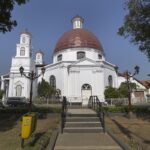

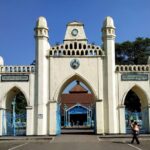
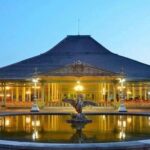
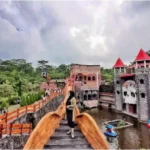
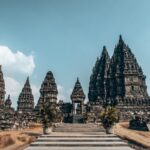







Add Comment